Finding a Concrete Housing Authority
By David Pfanmiller, CONCRETE HOUSING INSIGHT
It does not take long in any conversation around the concrete industry for the focus to turn toward the concrete house. Invariably, someone will ask the question, “Why is it that we aren’t building houses out of concrete here in the U.S.? I mean, look at Europe – they’ve been doing it for centuries!” While it is debatable what the difference is between production house-building and building a home, there is no denying that a gap exists between intuition (or intellect) and economy (or practice). In some respects, the answer is, “Well, it is because we’ve always done it this way,” and, “Frankly, I’m not sure where I would turn to to begin the process.” What has been needed for some time is a resource for truly engaging in the thought process of building a concrete house and then moving toward building concrete houses. It is for this specific purpose of delivering insight into the concrete housing market that our company, Concrete Housing Insight, has been formed.
In 1992, I became involved in a concrete construction company that worked hard to build up our market in Raleigh, NC. From 1992 to 2000, one of our biggest issues we faced was that of optimizing the use of our forming systems, equipment, and the skilled labor force we had developed. After several years, we found ourselves looking for alternatives. Our interest turning to concrete homes coincided with some technological advances in ledger, deck and shoring components from the panel manufacturers.
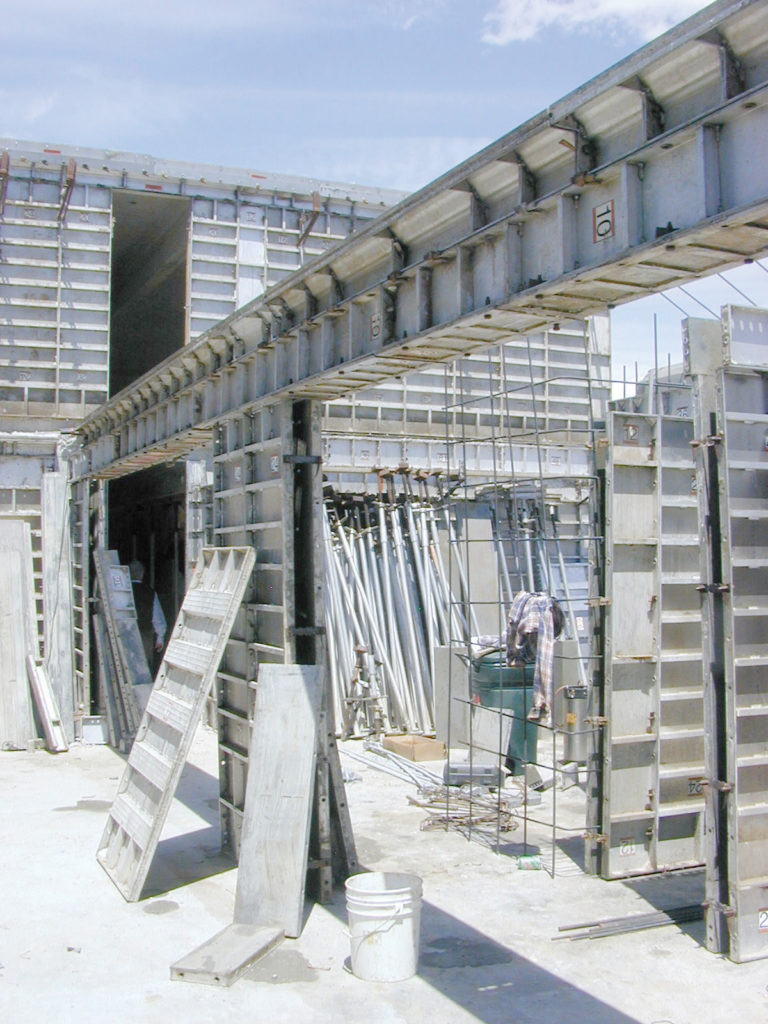
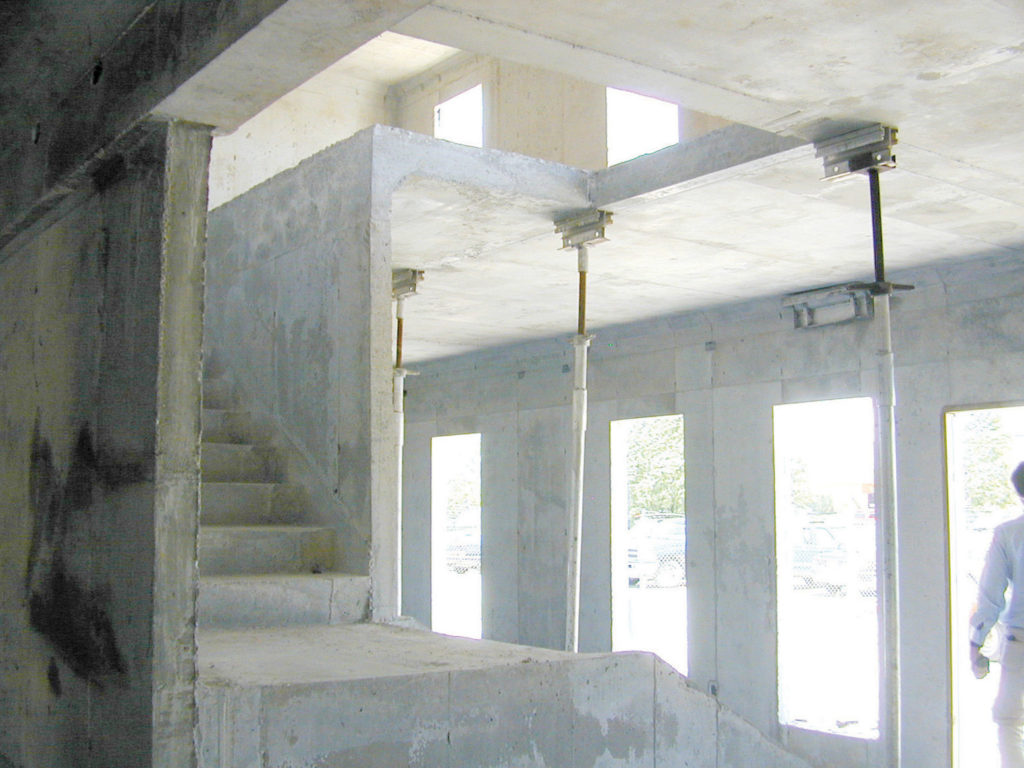
We began building concrete houses and did so from 2000 to 2008. We started things off with a prototype duplex in Raleigh, North Carolina. We followed that with several two-story units and some custom residential buildings on Topsail Island in North Carolina, followed by building in the Gulfport/Biloxi area in Mississippi before we finally attracted a key account to begin building custom homes in the Raleigh area. In retrospect, we did a lot of things right; but we also made some mistakes. I would like to share what I learned during this period and introduce an option that now exists to assist others as they venture into the concrete housing industry.
Before we engaged the market, we developed a business plan. This plan was essential for our leadership to touch and feel the vision, which initially appeared to have a rather large upside but definitely had some risk. The plan began with developing strategic partnerships with major homebuilders. If we could become a major sub-contractor to them, we would then be able to use our trustworthiness and reliability to help them transition to a concept of all-concrete housing.
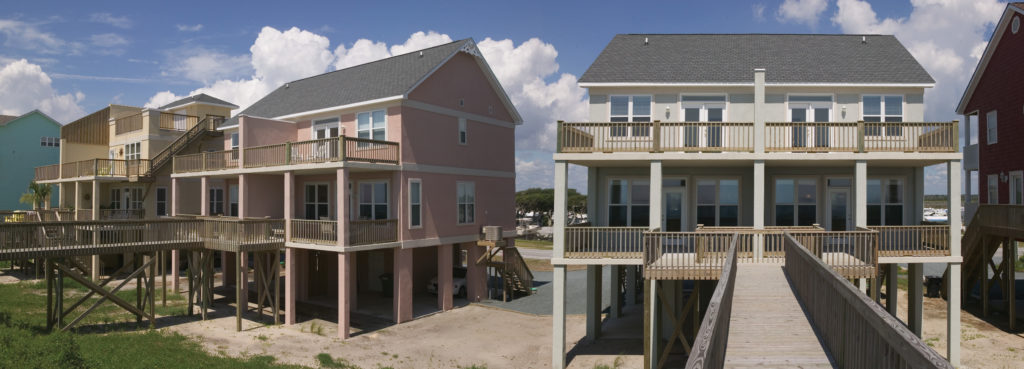
Next, we had to develop a strong basis for selling. What were the tangible benefits we could rely on for a concrete house that would make a difference to the homeowner? Research through the Portland Cement Association indicated that a definite gap existed in the marketplace between what the builder thought the homeowner would want (or appreciate) and what the homeowner thought was valuable – that is, valuable enough to increase the cost of housing. Therefore, we began to identify the physical properties of concrete that we believed would be the main draw.
• Thermal Mass
• Air Quality/Tightness
• Energy Efficiency (Insulation Capability)
• Green Footprint
Our first action in the plan was to build a prototype duplex in Raleigh. We received great support from Ross Worley and Carl Engelken of Wall Ties & Forms, Inc. of Kansas City, Kansas. Our primary form inventory was of their line, and much of the new technology we were seeking had been added to their catalog.
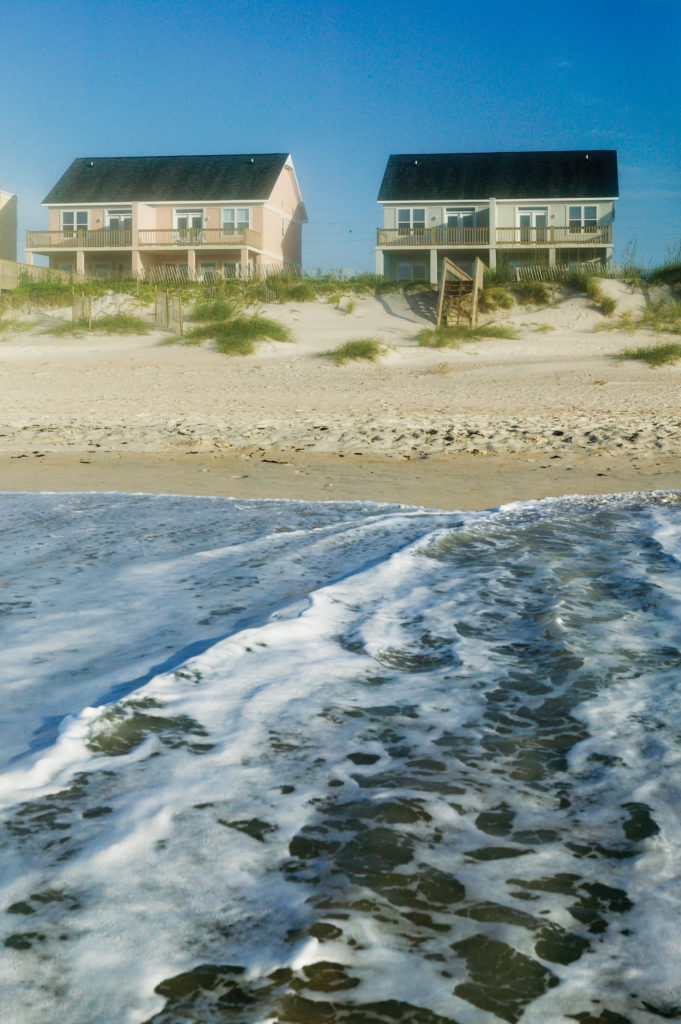
We successfully completed the project and engaged Advanced Energy Corporation to test the structure and monitor the energy usage. The thermal performance (Energy Efficiency) was off the chart. So, immediately we knew we had to promote the energy findings.
Unfortunately, we quickly began to find there was not enough strength in the residential market around us to support the upgrade to an all-concrete system based on thermal performance alone. So, we stepped back and reevaluated the plan, the system and the marketing. We concluded that we needed to highlight the structure’s natural strength and storm resistance. In the southeast, storm resistance had more market punch than energy efficiency. Homes were exposed to hurricanes and tornadoes throughout the year, and in recent years some very large weather events had been witnessed. If we could prove shelter strength, that would be a tangible bonus to the market.
We decided to put our structures in harm’s way. Hurricane Fran had damaged much of the North Carolina coast about a year prior. Looking at the available real estate, we chose Topsail Island as a natural location to construct our first marketable concrete homes. Topsail Island is located approximately 25 miles north of Wilmington, North Carolina, between Wilmington and Morehead City. It is accessible by only two state roads, one entering at the middle and the other one at the north end. Much of the island has a low elevation and is vulnerable to storm surge and flooding.
Here on Topsail, we built several duplexes and custom single-family homes. The designs featured a structural elevated slab approach where the concrete slab was supported by reinforced concrete columns that were typically 12 to 14 feet tall. The foundation structure lifted the finished floor elevation above the minimum required by the U.S. Corp of Engineers and created a walk-up feel. The structural slab supported two levels of the all-concrete home. We topped it off with a concrete “lid” (or attic floor) and then built a sacrificial wood-framed roof to fit in with the local architecture.
Shortly thereafter, we had an opportunity to build single-family homes in Biloxi and Gulfport, Mississippi after Hurricane Katrina. The models on Topsail proved of interest and marketable, and with recent storms ravaging these additional coastal markets, concrete would surely become the desirable construction form. We had not planned, however, on the restraints to our approach that we would soon find. For starters, the storm surge flooding and wind damage from Katrina were so devastating that many residents were too scared to rebuild. Their fear, along with the extremely slow insurance settlements, created an environment in which it was difficult to build our business. In short, the initial homes were attractive and proved their value, but the PTSD they were going through and the lack of cash flow due to the severity of insurance claims prevented any real estate development. We determined that this would linger for some time.
Not long after, the economic recession that started in 2008 forced us to pull back our operations. We did so, and we concentrated once again on Raleigh. During this period, we were able to significantly increase the awareness of cast-in-place concrete housing and commercial properties. Our timing, unfortunately, proved to be not quite right to make a lasting run. We found that building cost would always be our biggest challenge when facing the formidable combination of a cost-sensitive builder and a homeowner or developer who valued surfaces and details over structure and performance… or so it seemed.
Today, as I review my lessons learned, I see that eight out of ten go back to costs in one way or another. In reality, there is not much we can do about the hard cost of constructing with concrete. It is what it is. Our challenge remains to convince our clients that the value of their concrete structure exceeds the cost. This is where Concrete Housing Insight can best be realized today.
A lot has changed in the last 10 to 15 years in the housing market. Global warming’s effects are increasingly noticeable. Hurricanes and tornadoes are fiercer and more prevalent than ever before. High-profile climates are witnessing vast water shortages, and the drier conditions are resulting in torrid wild fires. Simply put, more of our population is now living in “harm’s way,” and they have a need to protect themselves. Additionally, our target housing market now includes the millennial generation who bring a fresh architectural perspective to the marketplace.
About Concrete Housing Insight:
Our company, Concrete Housing Insight, offers consulting services that support the concrete contractor, real estate developer, and individual homeowner during the entire project delivery cycle (land acquisition, financing, planning, permitting, preconstruction, construction and post-construction). Our main objective is to create, develop and direct a project delivery team that can provide the insight and direction needed to give you an edge in the concrete housing market.
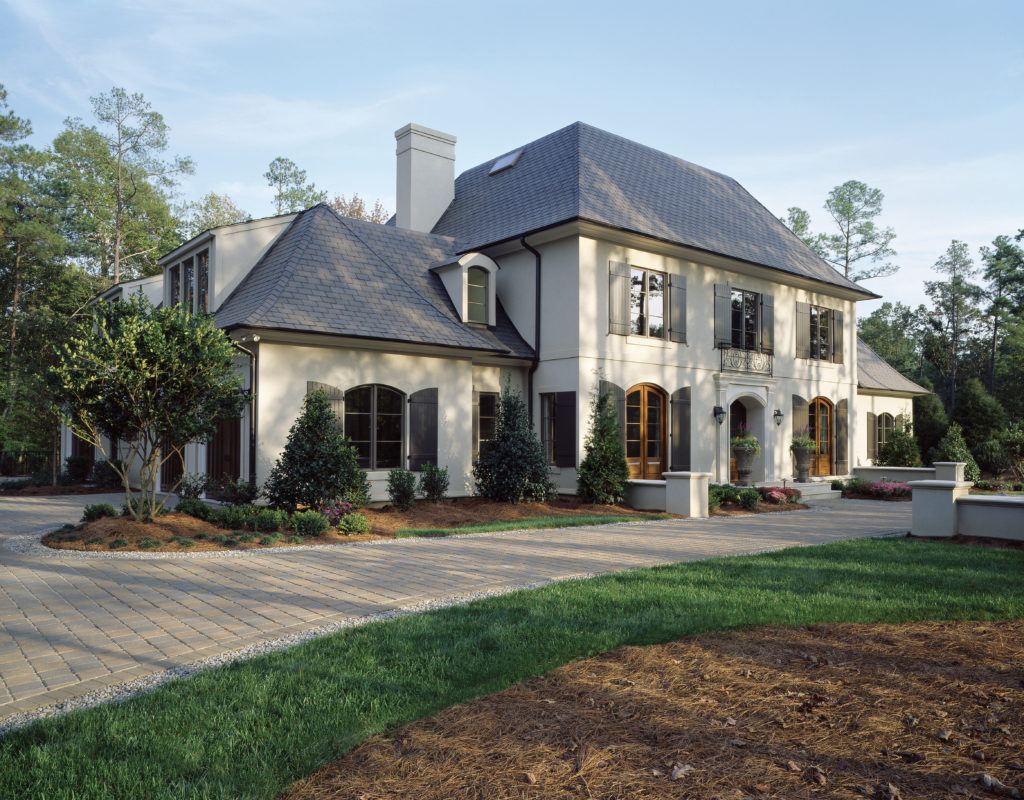
Please reach out and let’s discuss how we can help you stimulate your involvement in cast-in-place concrete homes.
For more information: Contact us at Concrete Housing Insight by visiting our website, www.concretehousinginsight.com or sending inquiries to David Pfanmiller.







